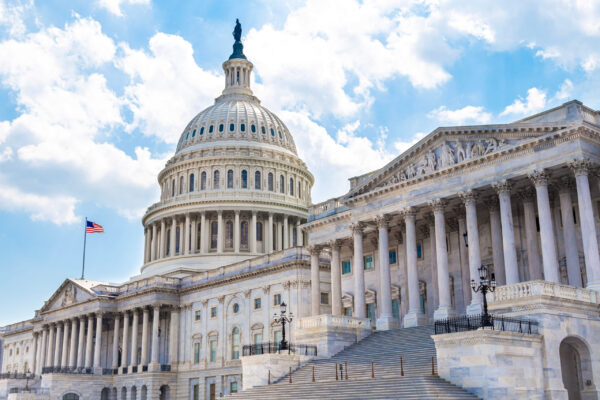Workforce of the Future

A message from ACEC’s CEO Linda Bauer Darr
Greetings from Montreal, where we have joined ACEC Canada and Mexico’s Cámara Nacional de Empresas de Consultoría (CNEC) for the FIDIC North America meeting. We have a full agenda, touching on trade, the importance of promoting the use of Qualifications-Based Selection (QBS) in North America, and other priorities for our industry. And of course, it wouldn’t be a gathering of engineering associations without a discussion of workforce, which afforded me an opportunity to highlight the latest work of the ACEC Research Institute.
Last month, the Institute released the results of its second Firm of the Future study, a 100-page report examining the engineering workforce: who they are, what drives them to join and stay in the industry, and what might cause them to leave. The report combines population data with survey insights from more than 2,000 engineering professionals and students. Gresham Smith CEO and ACEC Workforce Chair Rodney Chester joined the Institute on a webinar last week for a roundtable discussion of the findings. You can watch that discussion on the Institute’s YouTube channel. I encourage you to watch, subscribe and share the content with your colleagues and peers.
One take-away from the discussion I hope you find as interesting as I did centers on why study respondents chose the disciplines and careers they pursued. The generational difference is striking. Both older and younger professionals (older meaning more than 30 years of experience; younger meaning fewer than five years of experience) point to enjoying math and science in school as the top motivating factor. But here is where it gets interesting: for older professionals, the second most important factor was job security and compensation. For young professionals, it was having a positive impact on communities and people—by a wide margin.
There is insight to be gleaned here—for our firms and, frankly, for us here at ACEC as we communicate and advocate for our industry. We always have prioritized “telling the story” of engineering—looking beyond the technical brilliance to the personal impact. These numbers confirm and quantify what we’ve always known. Young people want to be catalysts for change. It’s up to us as an industry to drive home that engineering is an offering to the common good.
It’s no coincidence that the first two major Firm of the Future studies focused on workforce and AI. These are the two issues that will define our industry in the years to come. If AI is reshaping how we work, millennials are reshaping the meaning of work itself. They are quietly leading the adoption of AI in the workplace; surveys show that one in four millennials use generative AI multiple times per week.
It was with that in mind that we held the first of what will be many AI training sessions for the ACEC staff. With the help of an expert in emerging technologies, our team walked through the use cases for several of the top AI platforms, learning how and when to use which platform. We identified possible solutions to organizational bottlenecks. We were able to produce slide decks in moments as opposed to hours. Data were gathered and synthesized in an instant.
The true gift of AI is not speed—it’s time and the potential to liberate us from what must be done so that we can focus on what truly matters. That’s the magic of AI and the boundless potential it offers. However, we must enter this new reality with open eyes and cautious enthusiasm. AI is not a panacea, and we will be very deliberate in when and how it is applied to our work. This training was a great first step, and other sessions will follow. Hopefully through that journey we can impart our own victories, failures and lessons learned to our member firms.




